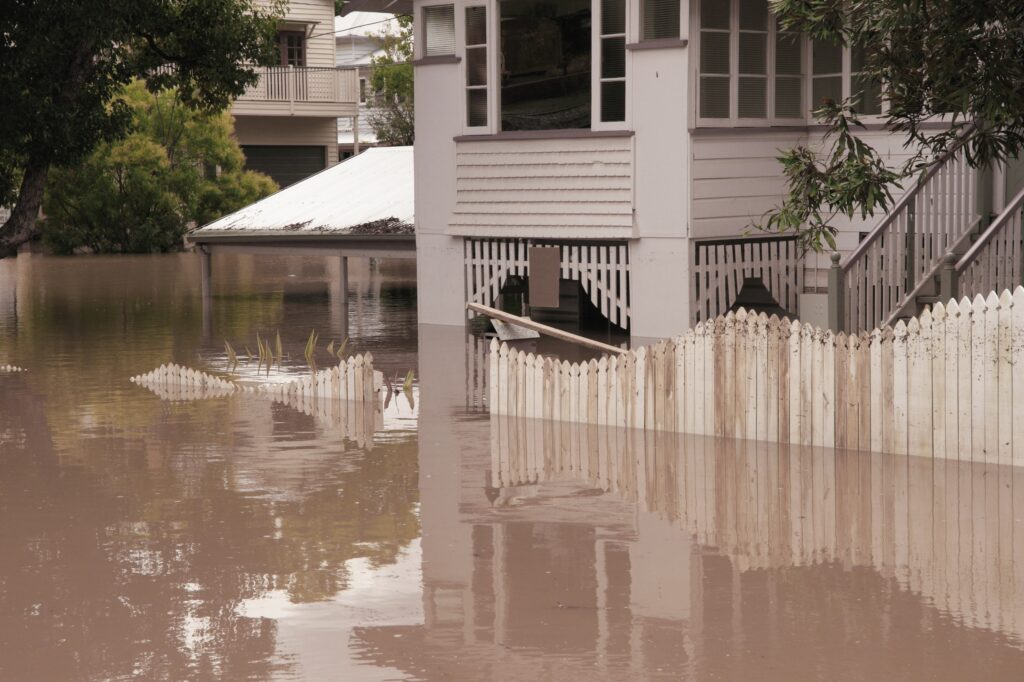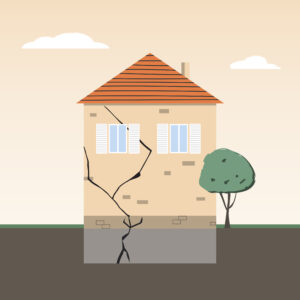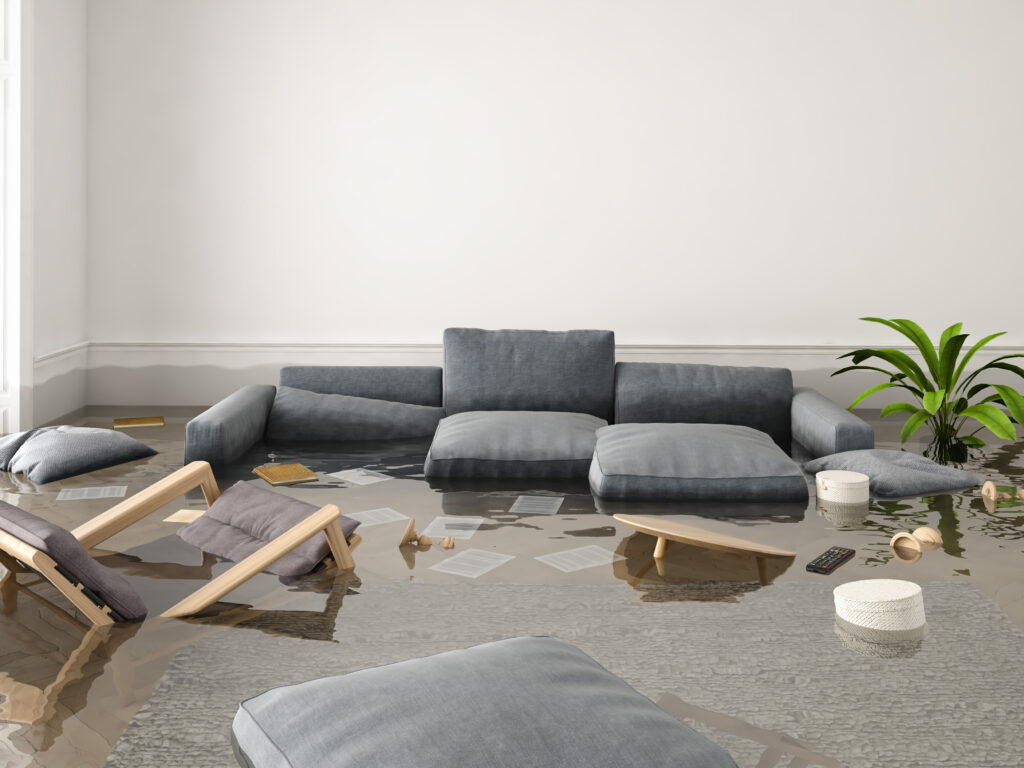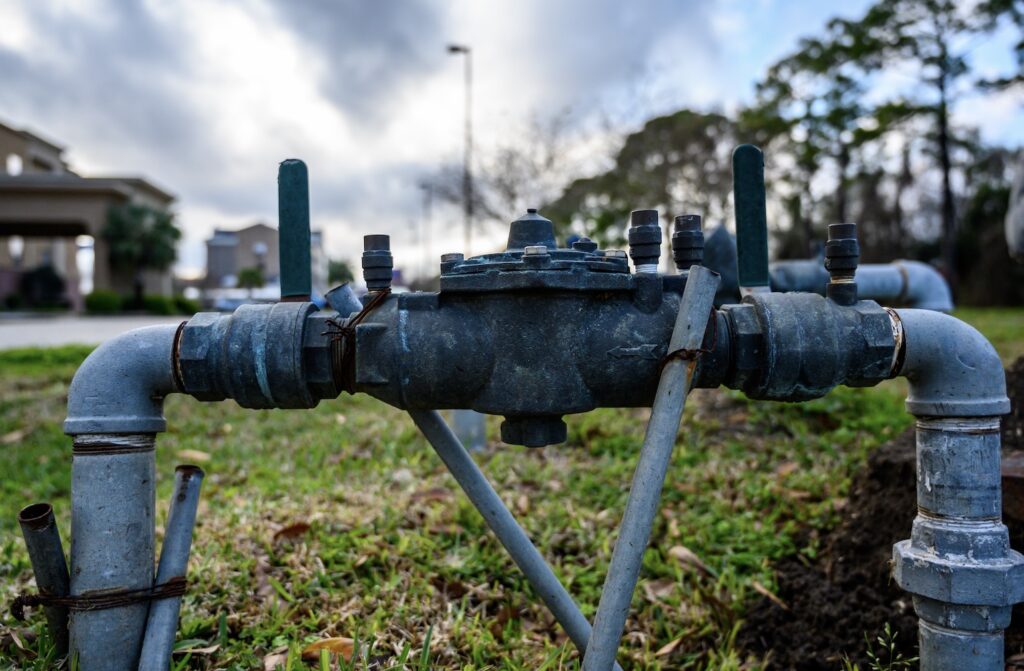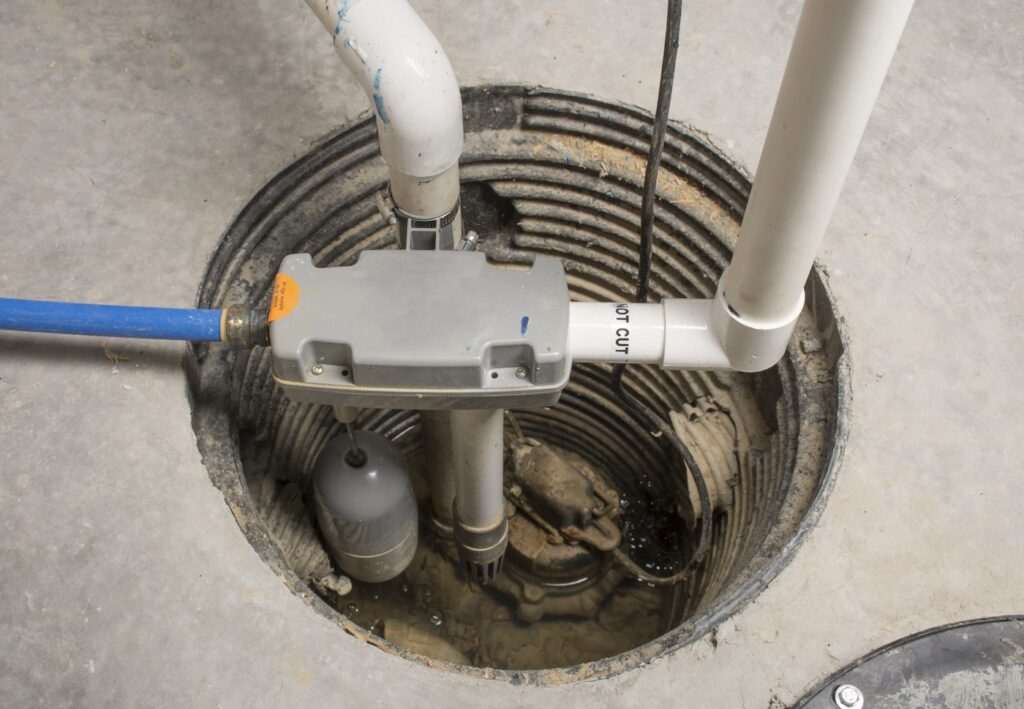Floods are sometimes overlooked in the wake of earthquakes, but they are equally dangerous and cause almost as much residential damage. From 2015 to 2018, Americans lost an average of 3.9 billion dollars annually to floods (Federal Emergency Management Agency–FEMA), while earthquakes cost about 4.4 billion dollars a year. (On the other hand, a Department of Commerce analyst estimated that wildfires cost the US 71.1 billion dollars annually.)
And the danger of floods is increasing. National Geographic states that “climate change is increasing the risk of floods worldwide, particularly in coastal and low-lying areas, because of its role in extreme weather events and rising seas. The increase in temperatures that accompanies global warming can contribute to hurricanes that move more slowly and drop more rain, funneling moisture into atmospheric rivers like the ones that led to heavy rains and flooding in California in early 2019.”
Earthquakes can also cause floods if you’re unlucky. According to the Michigan Technology University, the third most dangerous earthquake hazard is flooding caused by dams breaking.
While you might think that you’re too far from a river, dam, or the ocean for flooding to be an issue, FEMA suggests that “everyone lives in a flood zone”. Although the degree to which your home is in danger might vary, it is possible that any home anywhere could experience flooding.
Home Renovations for Floods
FEMA recommends several home renovations to prepare for a flood. Be sure to start preparing well before it becomes too late.
- Sealing foundation cracks so that water can’t leak into your basement.
- Installing back flow valves. Backflow valves (or backflow preventers), if you have one, are usually found in the piping close to your water meter. They exist to allow water flow in one direction–from your home to the sewer, for example–but prevent flow in the opposite direction. Installing backflow valves prevents the sewer water from coming up through your pipes and flooding your house. Usually, backflow valves are required by building code.
- Installing a sump pump. Sump pumps are used to remove water from a sump basin, which is where all water in and around your basement drains. Installing sump pumps is important so that in the case of a flood, you are prepared to act quickly and get the water out before your sump basin overflows into the basement and begins to do damage. Bonus points if the sump pump is battery-powered and can operate even if your electricity goes out.
- Installing drain plugs also prevents sewer backups, in the case where backflow valves aren’t an option.
How to Renovate for Less than $25
Most of the above home renovations would likely be more safely and reliably done by a professional. But if you’re the adventurous type, here is exactly how you can do each of these renovations for under $25:
Sealing foundation cracks
Sealing foundation cracks can be done from both inside and outside the wall.
Although my first response would be to fill the crack in with either caulk or cement, professionals suggest that this instead has the potential to make the crack worse; it can’t possibly fill the entire width of the crack and thus creates a kind of dam behind which the water builds until the pressure becomes too much and it spurts through.
Instead, they suggest using a polyurethane injection system to insert expanding foam. The foam hardens, filling in the entire depth of the crack much better than caulk or cement would, and thus creating a more effective barrier against water. (For more specific instructions, the Erickson Foundation website has lots of useful tips.)
Searching for “polyurethane injection foam” on Google brings up several options for less than $25, including “ Powers TriggerFoam Pro Standard Expanding Polyurethane Foam,” which rings in at $10 (but doesn’t include a gun or injection tool).
Installing a backflow valve
Installing a backflow valve begins with finding the pipes that connect the water meter to the home. Turn the water off on your meter. Dig a hole about three feet from the water meter in order to avoid the water main.
There are two types of backflow valves, each of which has its own installation method. The first type involves a compression fitting. In order to install a compression fitting backflow valve, cut across the water line and install the compression fitting in the cut. Put a rubber washer between the cut and the compression fitting, thus preventing leakage. The second type is called a “threaded and glued” backflow preventer. In order to install this type, drop a threaded device into the pipe “to connect it to the pressure valve adapter. Occasionally, this version requires that there be extra length in the line, so a small section will have to be removed so that a joint can be added.” (doityourself.com)
Lowe’s sells a backflow valve for $5.98, entitled “AMERICAN VALVE Sillcock Brass 3/4-in MGHT Vacuum Breaker.” If you do the installation yourself, you would save about $100 from the average installation and product price.
Installing a sump pump
Installing a sump pump is for only the most adventurous amongst us. Find a spot that gathers lots of water under your house. It needs to be a place near a ground fault interrupter outlet which has lotsa holes in it. If there’s no such outlet near the spot that gathers the most water, get one installed. Installing a sump pump takes a lot of advanced plumbing knowledge, but if you want to save $100 on the installation by performing it yourself, diynetwork.com has very specific instructions. Unfortunately, sump pumps are impossible to find below $300.
Installing drain plugs
If a backflow valve isn’t possible in your home, drain plugs perform a similar function. They’re fairly easy to install; you just need to find the size and type that will fit each pipe. Additionally, all cost less than $25.
Additional Tips
Other suggestions to protect your home from flooding include:
- Elevate any electrical cords out of the flood line
- Buy flood insurance (homeowner’s insurance usually doesn’t protect against flood damage) (although this will cost more than $25)
- Landscape so that when it rains, water drains naturally away from your home
- Install storm drains on your roof so that the water runs away from your home instead of towards it
Increase your home’s safety by performing these four inexpensive renovations and enacting these tips.
References
https://www.fema.gov/news-release/2018/06/25/4363/protect-your-home-future-flooding
http://www.geo.mtu.edu/UPSeis/hazards.html
https://www.fema.gov/news-release/2007/06/21/everyone-lives-flood-zone#
https://www.fema.gov/significant-flood-events
https://www.doityourself.com/stry/how-to-install-a-plumbing-access-panel
https://www.diynetwork.com/how-to/skills-and-know-how/plumbing/how-to-install-a-sump-pump
